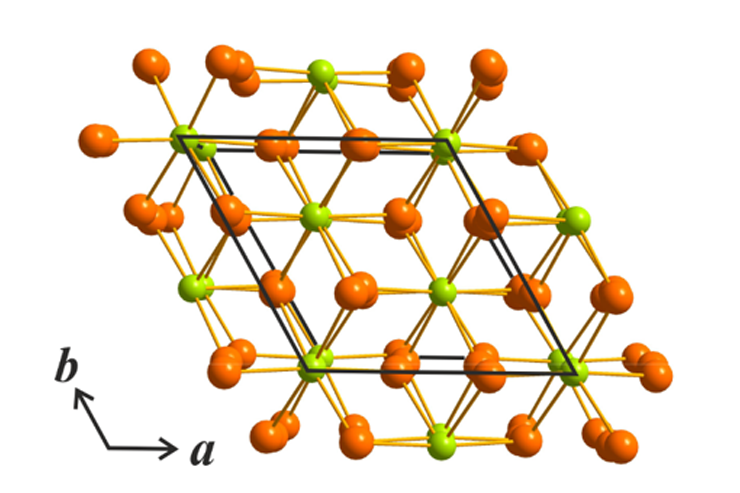Specific heat

Reducing the dimensionality of condensed matter often leads to exceptional electronic, optical, and magnetic properties that enable new high-tech applications. Two-dimensional layered materials characterized by some interlayer bonds realized through very weak van der Waals (vdW) forces show an increasingly attractive appeal to scientists working in the fields of basic physics, material science and engineering. Slabs of atomic layers can be easily exfoliated by breaking the vdW bonds with little damage to both the extracted slab and the remaining structure. Novel physics and engineering of new ultrathin devices may be explored by exploiting the material properties of the slabs in isolation or by mixing and matching them to create new structures with atomically thin heterojunctions.

On Thursday 12th December we were visited by students of Omská High-School. They tried to bake a sample in an arc furnace, learned how to examine crystals by X-ray diffraction, which is also useful for hydrogen, tested the strength of magnets and looked into the pressure cell. And how to explain or obscure it with theory.
